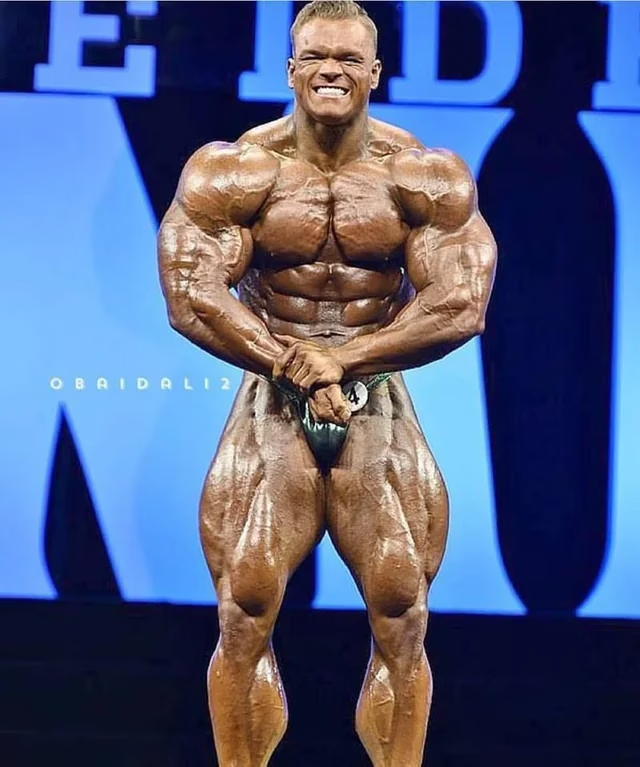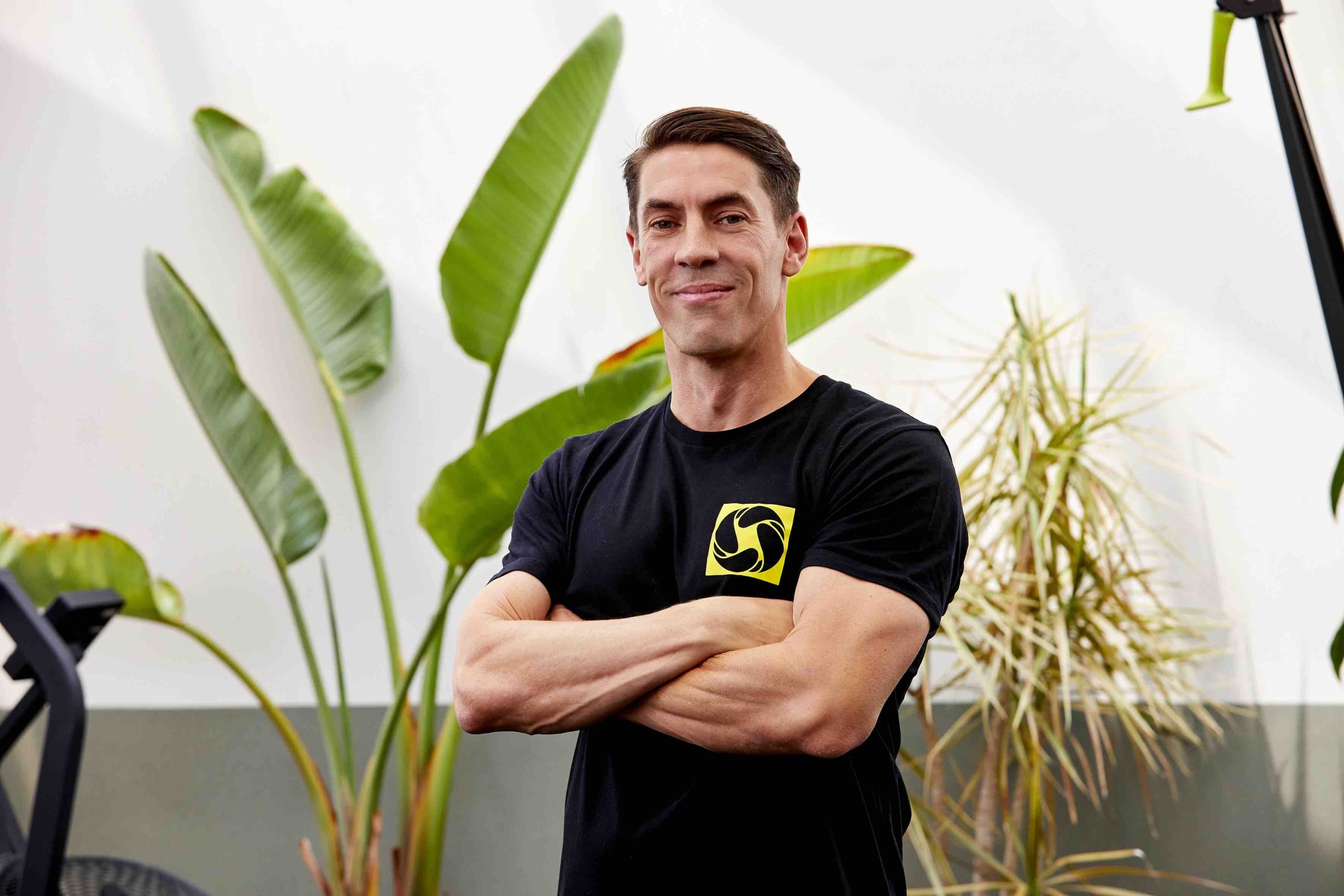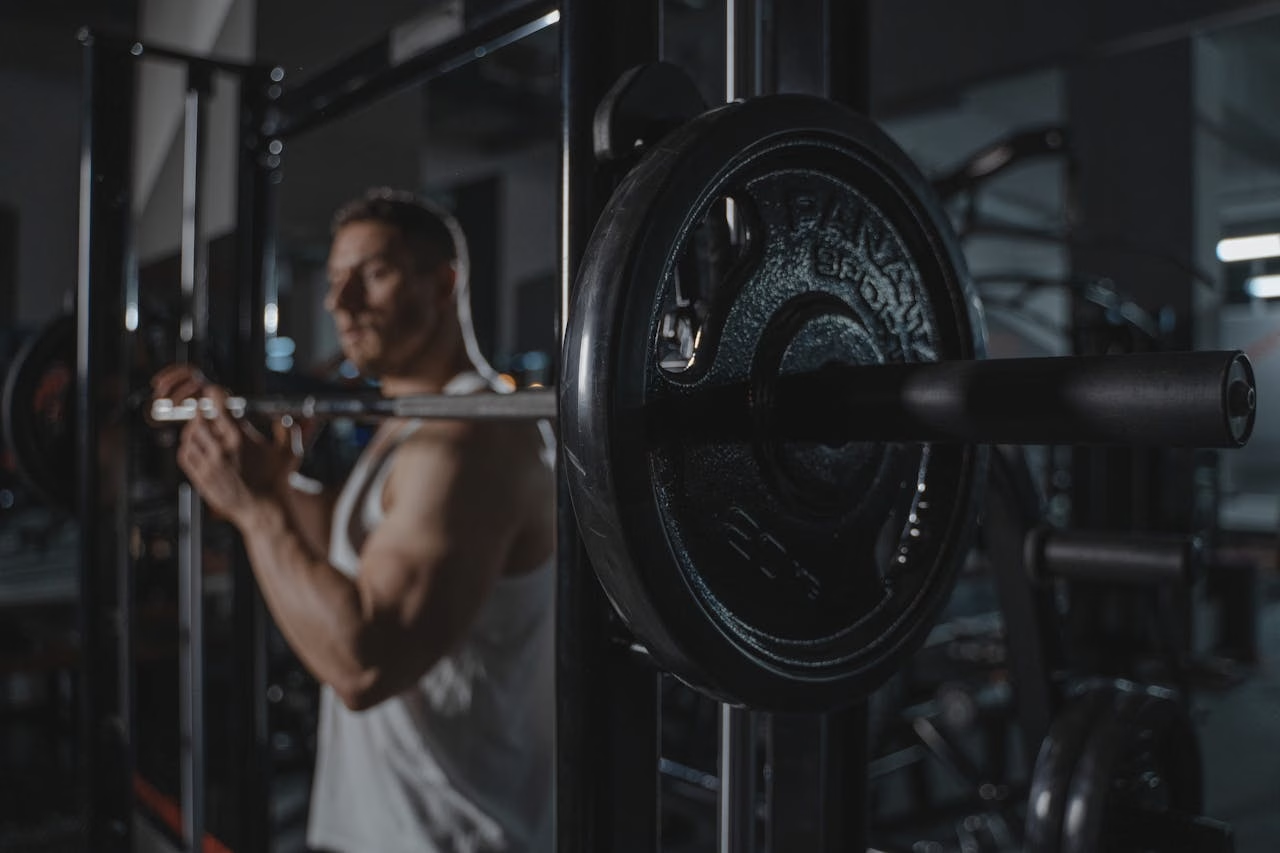My gym is full of people under 30. Sure, there are older folks: some middle-agers fighting the spread, and a few determined veterans like me, still grinding away. But the vast majority? They’re younger. Lanky high-schoolers trying to find their frame. Mid twenties, heavily inked guys hitting front squats like it’s a religion. And groups of Gen Z women pacing from squat rack to sled track with AirPods in and focus dialled up.
This isn’t just anecdotal. There’s data to back it.
In the UK, a recent report from UKActive showed a record high of 11.5 million gym members—and Gen Z (defined here as 13 to 28 years old) are the ones leading the charge. The same thing is happening here in Australia. According to the ABC Wellness Watch Report (Autumn 2024), a huge 73% of Gen Z Aussies aged 18–24 are now using a fitness facility. That’s more than Gen X (54%) and way more than the Boomers (42%).
Statista data backs it up too. Nearly half—49.1%—of young Australians in that 18–24 bracket used gyms or health clubs regularly in 2022. If you’ve walked into a commercial gym anytime recently, that’s not surprising. Most gym floors have become social ecosystems where younger lifters dominate the landscape.
And this isn’t just data I’m pulling from reports—I’ve got three Gen Z kids, and every one of them trains. A lot. They still find time to lift, run, and hit group Pilates classes between school, uni, part-time jobs, and social lives. For them, fitness isn’t something extra—it’s foundational.
So what’s driving this Gen Z gym membership boom?
Part of it is cultural. Gen Z grew up with fitness influencers, wellness podcasts, and TikTok workouts. They’re not waiting until their 30s to start training like older generations did. Many of them started lifting or doing HIIT workouts in high school. They use gym time to decompress, socialise, and build confidence—not just muscle.
There’s also a deeper reason. The 2022 Mindbody Wellness Index found that 44% of Gen Z say their top motivation for exercise is “feeling better mentally.” That’s higher than any other generation. For Gen Z, fitness isn’t just physical. It’s how they manage stress, anxiety, and the pressure of a hyper-connected world.
And it shows in how they train. They’re not all chasing max bench presses. You’ll see them flowing through mobility drills, tracking macros on their phones, or programming periodised training plans. They’ve got knowledge—and they’re using it.
For gym owners, trainers, and anyone in the fitness industry, this shift matters. New fitness trends are emerging in 2025. Gen Z gym memberships are reshaping the business. From equipment and music to training styles and membership models, this new wave is changing how gyms operate. And it’s only just getting started.
Walk into your gym this week and take a look around. You’ll probably see the same thing I do. A younger generation taking ownership of the iron—and doing it their way.
📸 by Kristian Angelo on Unsplash




